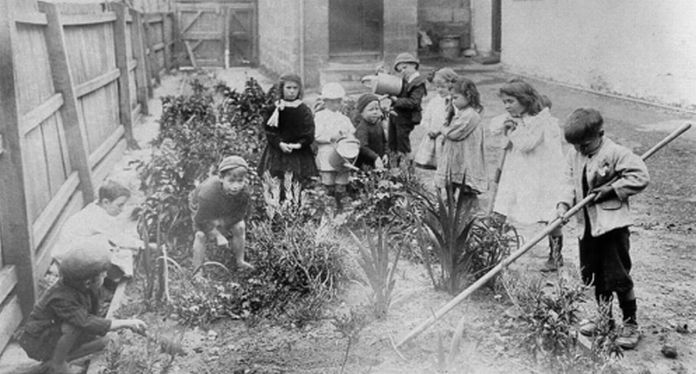 |
 |
|
Neglected Children
Until recently definitions of child neglect were based on the Industrial Schools Act (1867) whereby a child whose sole parent was in gaol, or who was discovered begging, receiving alms, 'found wandering', living with a reputed thief, or without a home, 'proper guardianship', or any 'visible means of subsistence' could be placed in an industrial school. Following a moral purity campaign by the Woman's Christian Temperance Union in 1895, the Youthful Offenders, Destitute and Neglected Children's Act (1896) made uncontrollability, and living with a prostitute or alcoholic, categories of neglect. Children were committed to a Neglected Children's Department which usually boarded them out, a practice established in 1873. Separation of the child from its parents was considered central to reform. The Better Protection of and Prevention of Cruelty to Children Act (1895) provided for the prosecution of anyone who 'ill-treats, neglects, abandons or exposes such child', but abuse did not become a category of neglect until the Children's Charter in 1918. Both the 1890s Acts reduced the hours of street vending for children. There were some new categories of neglect in succeeding acts, but the fundamental definition did not change until the passage of the Children, Young Persons and their Families Act in 1997. Now neglect has most resonance with the Prevention of Cruelty to Children Act. It means 'sexual abuse' or 'physical or emotional injury or other abuse'. Removal from the family has become a last resort. (See also Childhood.) Further reading: C Evans, 'Protecting the innocent', PhD thesis, UT, 1999. Caroline Evans
|
Copyright 2006, Centre for Tasmanian Historical Studies |
